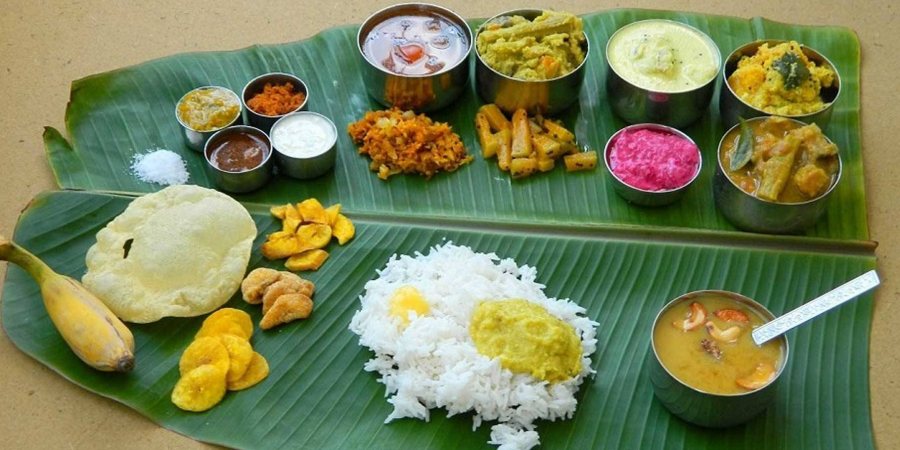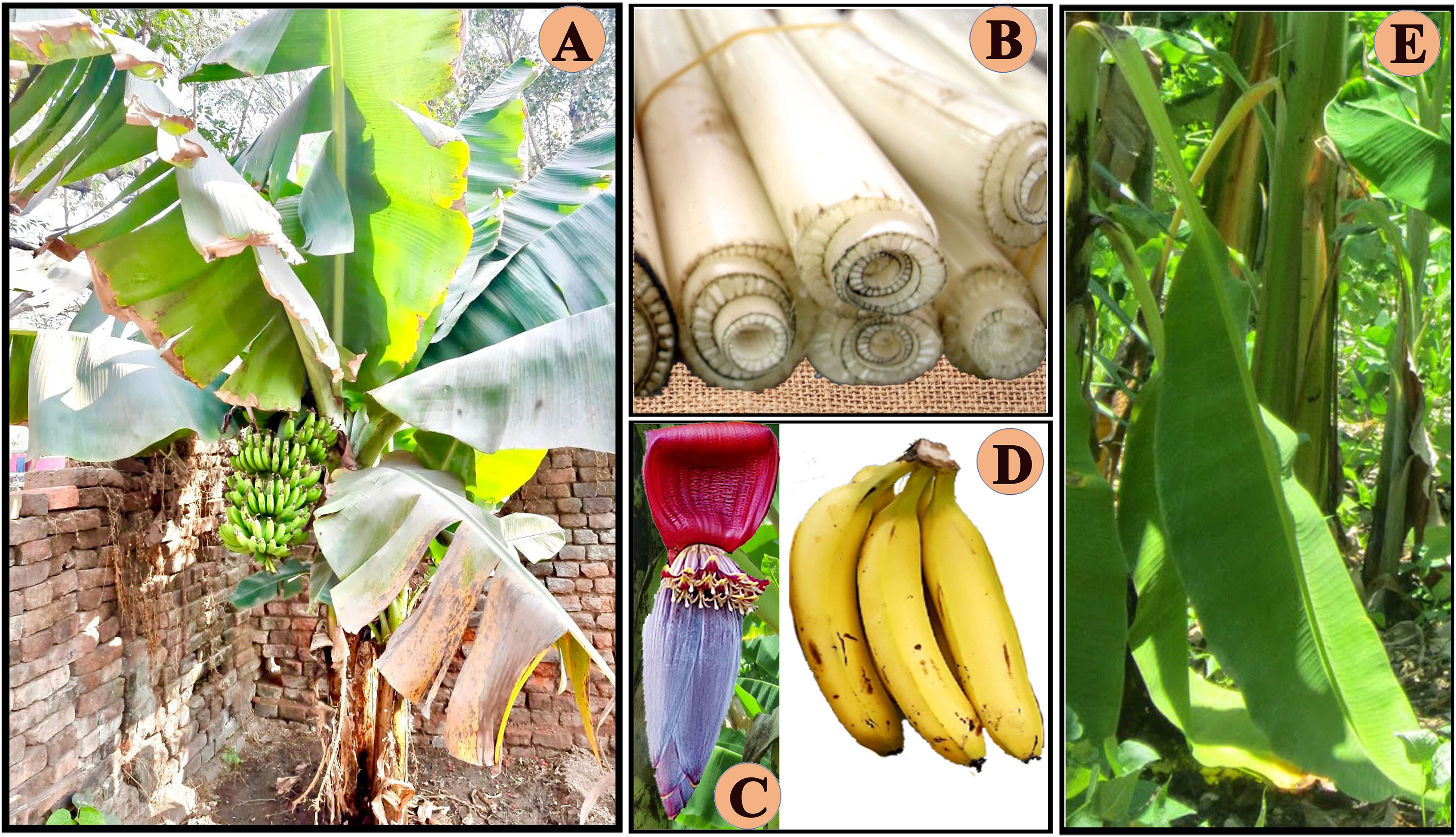

We've all savoured a traditional banana leaf-based South Indian meal. Have you ever wondered, though, why people eat from banana leaves? In Indian culture, banana leaves have sacred significance, and food served on them is referred to as "prasad." Additionally, the aroma of hot food served on banana leaves enhances its flavour and makes it more nutritious.The biggest blooming herbaceous plant is the banana tree. The banana tree is formally known as Musa and is a member of the Musaceae family. Most of its cultivation takes place in Southeast Asian nations. Banana leaves, like its fruit, may have a variety of medical uses. The green, spiralling, tubular leaves of bananas are around eight feet long.

Large, pliable, and water-resistant, banana leaves are produced by the banana plant. In many tropical locations, they are often used for food preparation, serving, and packaging. In several cultures, particularly in South and Southeast Asia, eating off of a banana leaf is a custom. Here, it's regarded as a customary method of presenting food. Various dishes are put directly on the leaf, which doubles as a plate or serving platter. Banana leaves' unusual and adaptable qualities in the kitchen, piqueing interest in their gastronomic possibilities. Draw attention to the cultural relevance of banana leaves in a variety of global cuisines, spanning from Latin America to Southeast Asia.
Consider the special characteristics of banana leaves, such their flexibility, natural capacity to retain moisture, and mild flavour. In traditional cooking methods, banana leaves have a crucial historical and cultural significance in everything from steaming meals to serving utensils or plates. Discover the techniques for cleaning, cutting, and softening banana leaves before preparing and cooking them. Consider how the subtle, aromatic fragrances that banana leaves may provide to a range of meals can enhance both their flavour and look.banana leaves in certain dishes, such as "daun pisang" in Malaysian and Indonesian cuisine or "hojas de plátano" in Latin American cooking.
Outside of cooking, banana leaves are used in traditional medicine, handicrafts, and eco-friendly packaging.substituting banana leaf materials for synthetic and single-use plastics.the culinary journey exploring the techniques of cooking with banana leaves and their rich cultural history.have to welcome the flavours and traditions of many cuisines and attempt using banana leaves into their culinary repertoire.Stories from personal experience and favourite meals made from banana leaves fostered a sense of community and respect for the gastronomic magic of this versatile grain…


